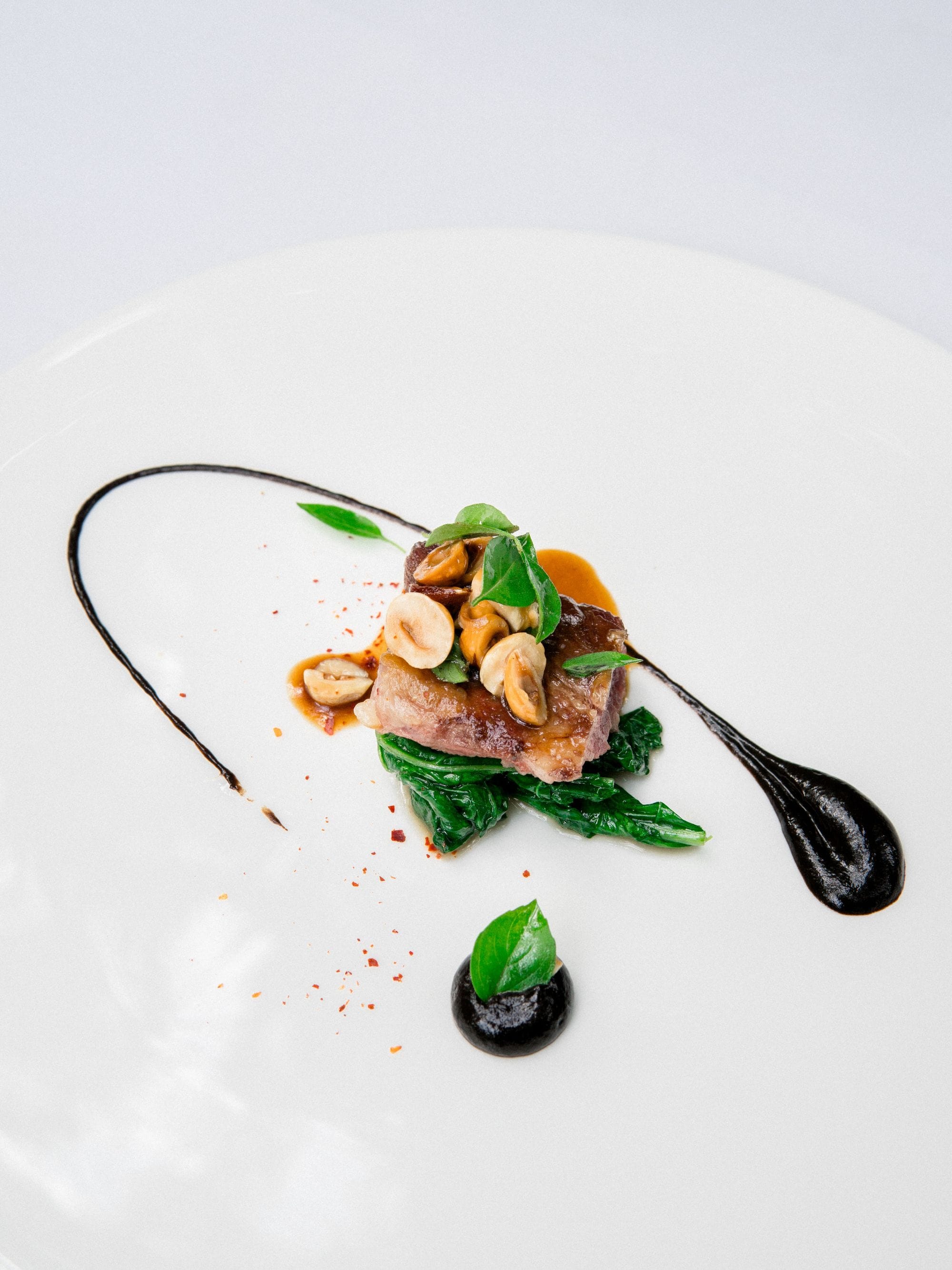The Value of Scarcity
If you've spent much time online recently, you've probably stumbled across the game Wordle.
The object of the game is simple: You have six tries to correctly guess a five letter word. After each try, you learn if each letter you submitted is included in the word, and whether or not it's in the right place.
The game has gone viral in part because there's only one word a day, and every player receives the same word. This encourages sharing your result, which the game makes easy to do, since everyone has the same puzzle to solve.
In a world where seemlingly everything is fighting for as much of your attention as possible, Wordle's daily limit is a breath of fresh air.
Yesterday, The New York Times acquired the game for over a million dollars.
Wordle's scarcity — only one puzzle per day — is precisely what makes it popular and valuable. Offering unlimited puzzles would make it less valuable, as evidenced by the fact that its knockoffs with no limits haven't taken off.
The value of scarcity plays out in other areas as well. Top-rated restaurants, for example, often charge a lot for small portions.
But those portions typically come on normal-sized plates:

It's a form of theatre. By presenting the food on a much larger plate, it not only enhances the presentation, but also adds to the sense of scarcity and your perception of its value.
When you only get one bite of something, you're going to savor it.
And when you slow down long enough to do so, you realize just how valuable it truly is.
